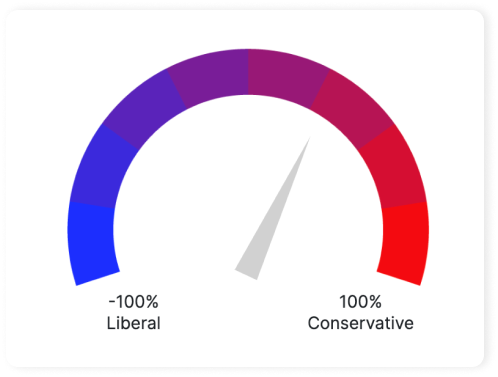See bias analytics. Make better decisions.
Emphasizing reliability, we integrate the acuity of Biasly political analysts and the rigor of AI to generate a bias rating score for the most updated news articles.









Sentiment analysis for most updated articles in news home.


Quote diversity
Quote quality


Evaluates your political personality type, offering several categories such as Democratic Socialist, Devoted Democrat, Core Conservative, Conservative Constitutionalist, and more. This feature provides a deeper understanding of the your political leanings.

